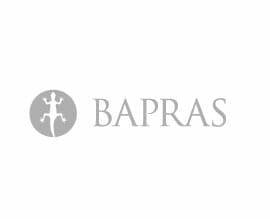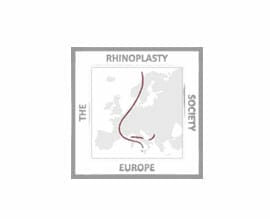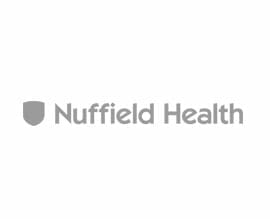Arm lift
What is an Arm Lift?
An arm lift is a cosmetic surgical procedure which improves the shape and appearance of the underside of your upper arms.
The procedure involves the removal of excess skin and fat from the area of the arm between the elbow and armpit, thus achieving a tighter, more toned upper arm.
Am I the right candidate for an Arm Lift?
As you age, you will start to experience some sagging and laxity in the skin around your upper arm. You may also notice some loose skin around this area as a side effect of any substantial weight loss.
In both of these instances, you may find that an Arm Lift is an ideal procedure to restore your arms to a tighter, more youthful appearance and improve your self-esteem.
How does an Arm Lift work?
During the Arm Lift procedure your surgeon will make incisions on the underside of your upper arm, the length of which will be dependent on the amount of excess skin being removed.
Once the incisions have been made, your surgeon will tighten the underlying tissues before securing them with stitches. Sometimes liposuction may be necessary in order to remove any excess fat.
The skin is then draped over the new contours before the incisions are closed with stitches or surgical tape.
Why choose Bristol Plastic Surgery?
Situated in the beautiful Georgian buildings of the prestigious Queen’s Square, Bristol Plastic Surgery is a partnership of consultant aesthetic plastic surgeons of international standing. With our state-of-the-art clinical facilities, we provide the full choice of cosmetic surgery procedures as well as a rapid access clinic for the diagnosis and treatment or skin cancer, minor benign moles and other simple skin growths. Bristol Plastic Surgery surgeons also have extensive experience in reconstructive plastic surgery.
We have the highest aesthetic standards and aim for a pleasing, safe and complication-free outcome from our Arm Lift procedure. A consultation with an empathetic surgeon will provide important personal counselling. Please use the following information in conjunction with that advice.
How much does an Arm Lift cost?
The fee for unilateral arm lift under local anaesthetic as an outpatient starts at £2100 (x 2 =£4200)









